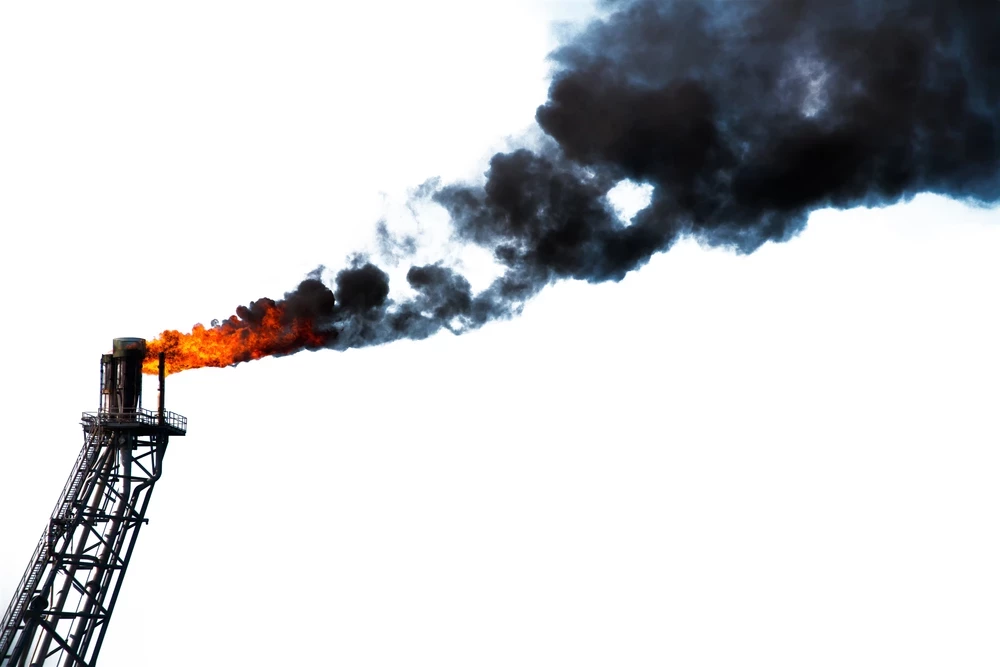Exploring The Potential Of Shale Oil / Gas In India
Add bookmarkThe world waits for no one, with rapid strides in the field of unconventional oil sources and new oil and gas technologies, countries world over have started taking effective measures to safeguard their energy needs as the crude oil and gas prices have been highly volatile in past few decades.
What is Shale after all?
Today the oil industry all across the world is talking about an ‘unconventional’ source of energy that has made the U.S a net exporter of Gas from a net importer in no time. Oil ‘Shale’ is basically a sedimentary rock that contains ‘kerogen’. Using modern technology such as multistage hydraulic fracturing or ‘fracking’ on horizontal and multilateral wells, ‘shale oil’ and ‘shale gas’ is extracted from an oil shale. This technology is relatively expensive as compared to conventional oil and gas recovery techniques and requires drilling more wells along with huge quantities of the ground water (3-4 million gallons per well).
Shale in India
According to EIA (Energy Information Administration), India’s sedimentary basins have high potential of shale oil reserves measuring up to 63 trillion cubic feet (TCU) which is more than 20 times the output of country’s largest gas block KG-D6 in the Krishna Godavari Basin. The Directorate General of Hydrocarbons (DGH) India has taken some early steps to identify prospective area for Shale Gas exploration and acquisition of additional geo scientific data. As per DGH, India has several shale formations which indicate the presence of shale oil and shale gas in oil, gas and coal sedimentary basins such as Cambay, Gondwana, Krishna Godavari on land and Cauvery on land.
READ MORE: The 6 Keys To Securing India’s Oil Future
The new Shale Policy
As per the petroleum minister of India Mr. Verappa Moily, the government of India is ready to finalise the Shale gas and oil policy in the month of July. The draft shale policy is not in favour of the current ‘Production Sharing Contract’ system which is being followed for the conventional oil and gas production in India. Under this system, the companies are allowed to recover their ‘exploitation costs’ before sharing the profits with the government. Many companies have been criticized in the past for ‘exaggerating’ their cost estimates.
The offer of prospective areas under the new Shale policy would be made through an open International Competitive Bidding Process (ICB) and the successful bidders will enter into a contract with the government of India which will be negotiated based on the Model Contract (MC). In case the prospective area overlaps or fall within an existing Oil and Gas or CBM ( Coal Bed Methane) block , the existing contractor would be asked to match the offer of the selected bidder under the ‘right of first refusal’.
This will be an added advantage and an opportunity for the existing contractors to get into Shale business with minimal initial efforts.
In case the existing contractors refuse to accept the new terms and conditions of the bid or fail to match the offer, they will have to enter into an agreement with the successful bidder for simultaneous exploration. Also, all those areas that are already under the production phase will be excluded from the prospective shale gas/ shale oil exploration.
READ MORE: Decoding The Myth Of Oil Pricing - With An Indian Perspective
Challenges that lies ahead
Although the draft policy looks very good on paper, the development of Shale Oil/gas in India would greatly depend on several factors such as timely approval from the State Governments, Land Acquisitions for exploration (which take a lot of time in India and often result in political fallouts), effective water management strategies, environmental clearances (From the ministry of environment and resistance from several NGOs), security and regulatory clearances. \
The biggest hurdle that Oil companies today face is getting these ‘clearances’ from numerous ‘agencies’ in India. In fact, the progress in exploration work in over 50 oil block awarded under NELP (New Exploration Licensing Policy) has been slowed down due to pending clearances as on January 2013.
Conclusion
For India, where around 52 % of total energy requirement is still met through Coal, Shale gas can be a great alternative as studies show that it has lower emissions and pollution levels as compared to Coal. Also, India imports about 80% of its total crude oil requirements, the effective exploration of shale oil could lower the import burden and even reduce prices. The Indian regulators, the Government and E&P Companies need to work together to overcome these challenges and explore this unconventional-energy source. Shale can actually be a ‘game changer’ for the Indian economy which is so energy-dependant.
How far and how fast can India tap this opportunity? Only time will tell.
By Gaurav Agnihotri, Written for Oil and Gas IQ
Connect with Gaurav Agnihotri at Twitter
[inlinead]
RELATED: The Top 10 Oil & Gas Companies in the World
RELATED: Oil & Gas Industry: An Introduction
RELATED: Oil and Gas Production - An Introduction
|
Have Your Say! Rate this feature and give us your feedback in the Comments below or via Twitter or LinkedIn |





















